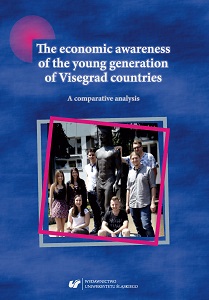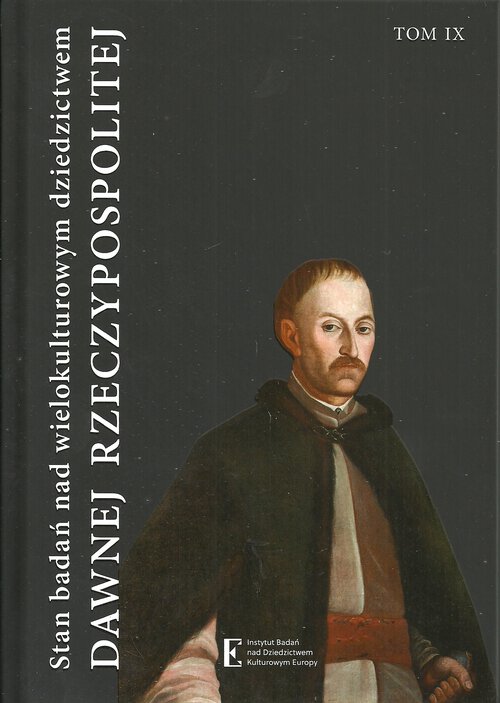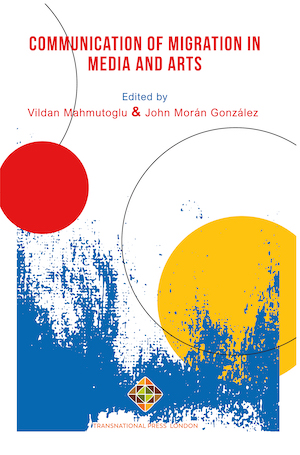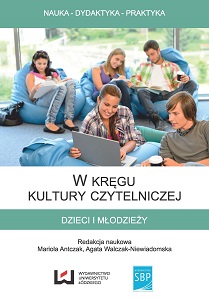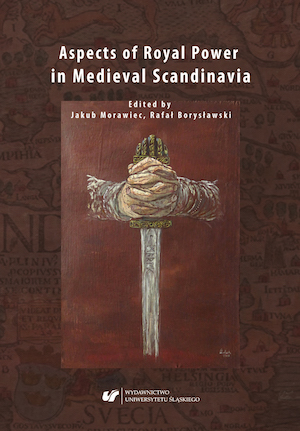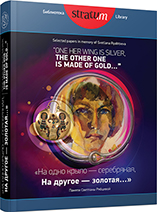
Fibula as Insignia in a Western-European Costume
Фибула как инсигния в западноевропейском костюме
Keywords: Western Europe; Byzantium; fibula; insignia; function; brooch;decorativeness;
In Byzantium, brooches lost the meaning of insignia because of other regalia in development and of a rational design of clothing. But in Western Europe, the status role of large fibula remained during the developed Middle Ages. This is evidenced by all kinds of sources: written, graphic, material. Large, expensive, luxuriously ornamented brooches had the value of insignia.In preserving of the role of central brooches as status ones, one can see the striking feature of the ceremonial dress of the rulers and the higher social stratum of Western Europe. But here the brooches shared the fate of this jewelry category: they transit from the function of fastening to the decorative role and transmit their decorative form to large buttons.
More...
